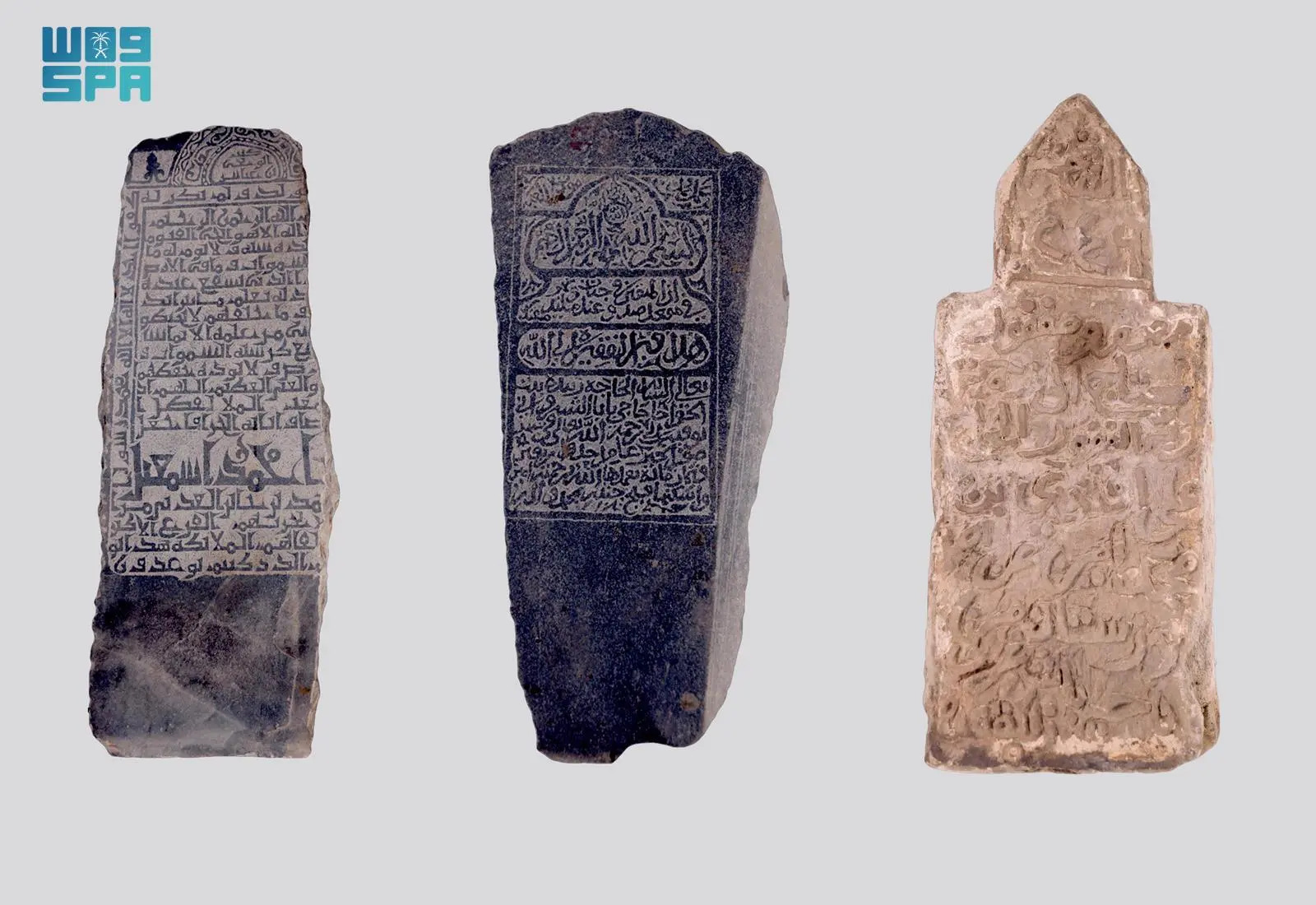Jeddah, Saudi Arabia — As many as 25,000 fragments of artifacts dating from the early Islamic era, the first two centuries of AH (7th to 8th centuries AD) have been discovered in Saudi Arabia.
The discovery was announced by the Jeddah Historic District Program, in collaboration with the Heritage Commission.
The project started in January 2020 with exploratory studies and a geophysical survey. The goal was to unveil the historical significance of four key locations: Othman bin Affan mosque, Al-Shona, a segment of the Northern Wall, and Al-Kidwah. This archaeological endeavor falls within the purview of the Jeddah Historic District Program.
The archaeological discoveries were announced as part of the Historic Jeddah Revival Project, initiated by Crown Prince Mohammed bin Salman.
The project aims to preserve national antiquities and archaeological sites, uncover the rich history of the Kingdom, and promote historic Jeddah as a cultural and tourist destination, in line with the Saudi Vision 2030.
According to the release, in November 2020, the archaeological survey and excavations yielded significant findings, including 11,405 pottery shards weighing 293 kg, 11,360 animal bones weighing 107 kg, 1,730 shells weighing 32 kg, 685 building materials weighing 87 kg, 187 glass artifacts weighing 5 kg, and 71 metal artifacts weighing 7 kg. The combined weight of these archaeological finds is 531 kg; they are a valuable contribution to Saudi Arabia’s archaeological discoveries.
Archaeological investigation at Othman bin Affan Mosque revealed artifacts dating back to the first two centuries AH (7th to 8th centuries AD) and spanning different historical periods, notably, ebony pillars found near the Mihrab, analyzed and traced back to Ceylon (now Sri Lanka) Island in the Indian Ocean, which highlight the extensive trade connections of historic Jeddah.
According to the release, excavations at the same site also unveiled a collection of ceramic vessels and fragments, including high-quality porcelain. Some of the pieces are made in the Chinese province of Jiangxi and date back to the 16th-19th centuries AD, while older pottery fragments are from the Abbasid era.
The archaeological site at Al-Shona, dating back at least to the 19th century AD, has yielded numerous pottery shards, including porcelain and ceramic from Europe, Japan, and China, dating from the 19th to 20th centuries AD. Excavations at Al-Kidwah (Bab Makkah or Makkah gate) revealed parts of the Eastern Moat, which most likely date back to the late 18th century AD.
Tombstones made of Mangabi stone, marble, and granite were found at different locations within historic Jeddah. These tombstones contain inscriptions of names, epitaphs, and Quranic verses, dating back possibly to the 2nd and 3rd centuries AH (8th and 9th centuries AD). Specialists are currently studying them carefully.
The archaeological studies at the four historical sites involved excavations, radiocarbon analysis, soil analyses, geophysical surveys and scientific examination of artifacts.
Samples of wood from 52 buildings were sent to international laboratories for identification and dating. Moreover, extensive international archival research led to the collection of over 984 historical documents, including maps and drawings of historic Jeddah. They are currently undergoing detailed study.
The Jeddah Historic District Program and the Heritage Commission collaborated to oversee the documentation, registration and preservation of archaeological artifacts found in historic Jeddah. These discoveries were listed in the National Archaeological Register, and scientific databases were created to preserve the information related to the discovered artifacts.









